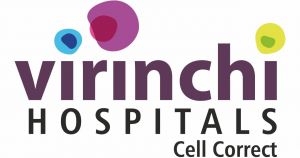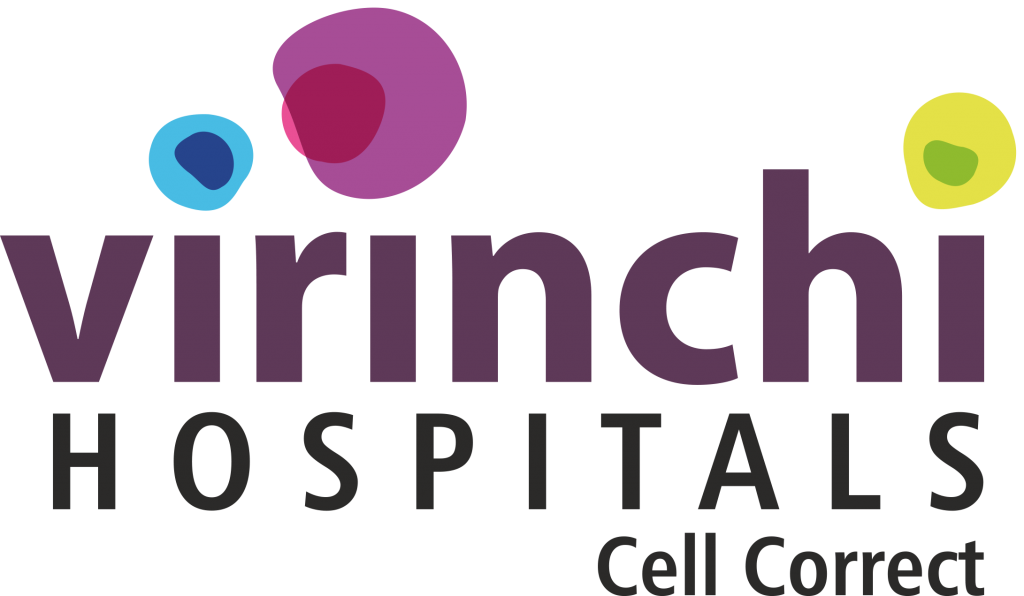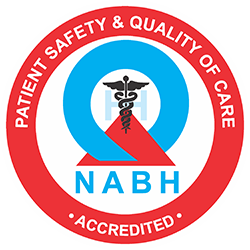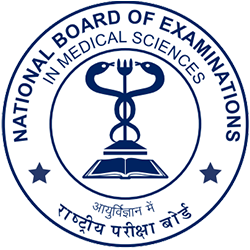Home » Cardiac Care » Cardiac Computed Tomography
CARDIAC COMPUTED TOMOGRAPHY (CT SCAN)
Overview
Medical science and technology has made progress in leaps and bounds in the past few decades. One of the prominent areas of these advancements has been the non-invasive procedures to study heart conditions. Apart from the traditional methods to study heart conditions, the newer ones like Cardiac Computed Tomography (CT) Scan has become popular for its effectiveness.
Procedure of CT Scan
The CT Scan is a non-invasive technique that is used to produce images of the heart with the help of X-Rays. The modern day Multidetector Scanners (MDCT) are extremely fast and capture the finest details. The entire procedure takes 5-10 minutes and captures the images of the heart from all directions. These images when pieced together to form a 3-D scan result, that helps the doctor to study the heart problems. The Cardiac Computerized Tomography (CT) scan is especially helpful in studying the deposition of plaque and calcium and preventing any future cardiac problems.
Even though they are extremely effective, everyone doesn’t need a CT Scan. It is suggested by the doctors only after the other non-invasive tests (ECG, EKG, Chest X-rays etc.) are unable to provide satisfactory results. Some of the common issues that a doctor checks for using MDCT are
Even though they are extremely effective, everyone doesn’t need a CT Scan. It is suggested by the doctors only after the other non-invasive tests (ECG, EKG, Chest X-rays etc.) are unable to provide satisfactory results. Some of the common issues that a doctor checks for using MDCT are
- Heart’s structure and any anomalies
- Fluid deposition, especially in the sac
- Plaque deposition amount and the extent of coronary blockage
- Blood vessels in and around the heart
- Risks of a potential heart attack or the impact of a previous attack
Sometimes, the doctor may decide to also inject a contrast dye through IV to get a better 3D heart scan result. After the Cardiac Computed Tomography angiography, the doctor may advise lifestyle changes.
The contrast dye helps in the identification of additional problems like
- Congenital issues
- Blood flow through the ventricles
- Issues after a bypass graft
Need Help With Anything?
Our Patient Care Team would guide you.
After the Procedure
Once the 3D heart scan is completed, the doctor may calculate something called a “calcium score” that identifies the amount of calcium deposited in the arteries blocking them. The further line of treatment can be defined on the basis of the Cardiac Computed Tomography Angiography (CT) scan results. You can get back to normal activities almost immediately after your CT scan, especially if dye wasn’t used.Risks of CT Scan
CT scan is a relatively risk free procedure, but there might be a few risks like
- Exposure to harmful X-ray radiation (not advised during pregnancy)
- Allergy to the contrast dye




